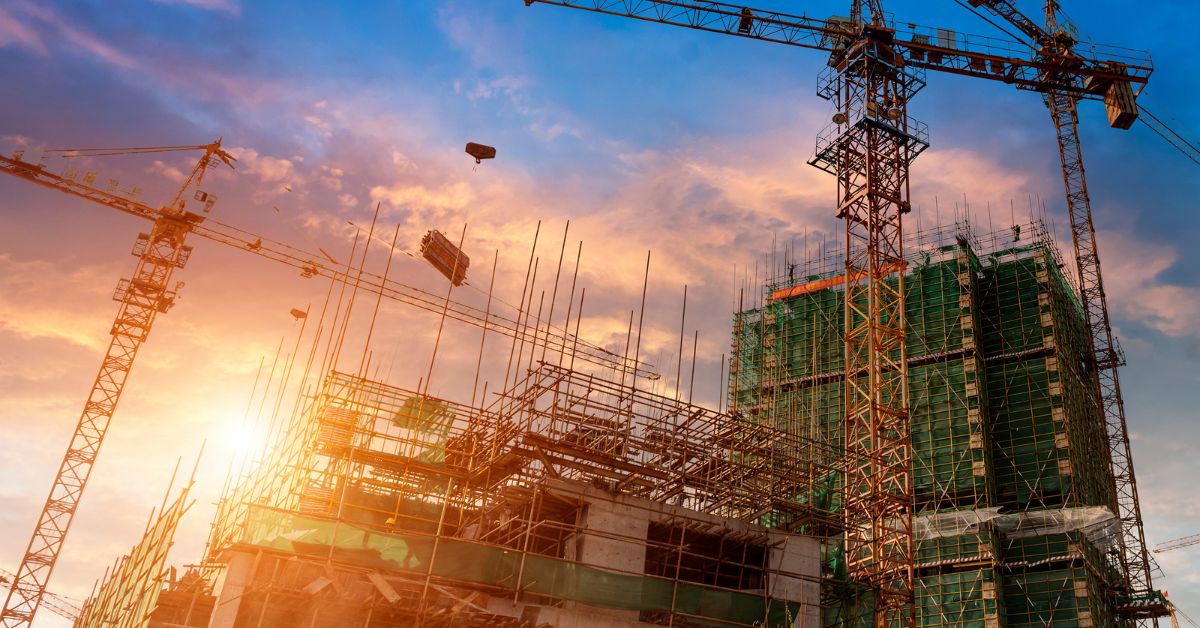Investment vs End-use
Deal Acres
Last Update 2 jaar geleden
A guided decision with well-defined aims and objectives should be made when purchasing a real estate asset, especially one that is registered in your name. When investing your entire life’s resources in the real estate market, one cannot simply allow any room for uncertainty.
Investment vs End-use
Although the terms “investment” and “end-use” are commonly used in relation to purchasing real estate. Many people are unable to distinguish the subtle differences between the two. For instance, while the location is crucial when purchasing a property for personal use. it may be possible to make some accommodations while making an investment. Let’s take a closer look at these important points.
Location

End-users: Location is crucial for individuals who intend to buy a home with the intention of moving in at some point. Make sure the area can accommodate all your demands and is readily located. It should be connected to other areas of the city and have access to amenities like shops, schools, and hospitals. One must take the neighborhood into account as well and choose whether it fits their lifestyle. Even if you choose a suburb where you don’t intend to move right away. Consider all the aspects like the political stability of the area, infrastructure plans put forth by the local government and the federal/state governments nearby, and ongoing large-scale residential construction projects. This will enable you to test the area’s liveability index.
Investors: A comprehensive investigation of the area is crucial for people purchasing a house only for investment purposes. Real estate experts advise investing in newly developing areas like those in the suburbs. Otherwise, being on the outskirts of the city increase your chances of making a profit (ROI). Although these developing areas might not yet have all the necessary social and physical amenities. They do offer reduced entry costs and thus the better potential for price appreciation. But, you must be certain of how long you plan to remain in the market. For instance, it makes sense to invest in a community that is still in the early stages of development if you have about 10 years to spare. Choose a place where there has been some growth and price appreciation. But not yet hit its pinnacle if your time horizon is between three and five years.
But, if you want to profit from your investment through rental return. You must take into account elements like the area’s livability and closeness to a major economic center.
Construction Status

End-users: If you intend to take out a home loan, the stage of construction of the property you are hoping to buy will affect your monthly outlay in the form of EMIs. For instance, it can make more sense to buy in a property that is nearly ready for possession if you are currently renting. If not, managing EMIs and rent will be a double load for you. Yet, as an end-user, you must consider the advantages and disadvantages because purchasing closer to possession includes a higher value than at launch.
Investors: If you’re looking for quick profits, it makes economic sense to enter at the pre-launch or launch stage. You pay less but take on more risk because there is no assurance of on-time delivery. You can leave when construction on the property is halfway finished and use the money you saved to buy another real estate.
But, if you leave as soon as possession is obtained, you will reap the greatest rewards, assuming you are willing to wait that long. If you don’t want to have to wait too long to take possession, you can consider investment when the property is still in the early stages of construction. In this case, the initial investment would be more, but you could be able to rent the house out and earn rental revenue after around a year.
Infrastructure

End-users: while doing investment for end-use. Confirm that the neighborhood has a well-developed infrastructure. Easy and content living is ensured by a decent road system, the presence of renowned schools, hospitals, and recreational areas nearby. As well as the accessibility of key connectivity points like the airport, metro, railway station, and bus stops.
Investors: Many suburban areas and outlying locations occasionally may not have the best physical and social infrastructure in place. One must check to see if the neighborhood is part of the master plan for the larger metropolis. A potential investor should also check to see if the state or federal government has announced any initiatives. That might increase the site attractiveness index of the area, spurring investment and rental growth.
Type of Property

End-users: Nobody except you know which form of property a plot, house, villa, or apartment would best suit your family’s needs. So, consider your family’s demands before making purchases.
Investors: Make sure to make investments in a property type and layout that are in demand if you want to get a solid return on your investment. To do this, you might need to speak with as many property advisors as you can and conduct in-depth web research. Following real estate forums and communities to gauge demand is a solid strategy. It’s interesting to note that every city has a preferred layout and type of property. While 2BHK and 3BHK society apartments are the most sought-after units in metropolises, the buyer base prefers individual houses more in smaller cities.

